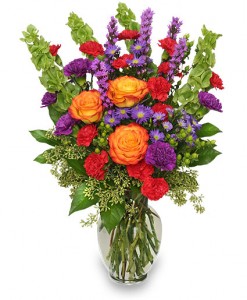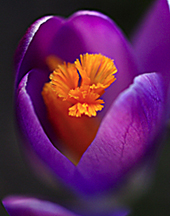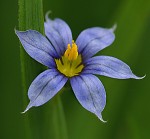
The Commander is decisive and loves accomplishment. They gather information to shape their own creative visions, but rarely hesitate before acting on them. They’re natural-born leaders, embodying the gifts of charisma, confidence, and authority. Commanders are able to draw crowds together behind a common goal. Looking for the perfect flowers to send an ENTJ? We know just the ones! [Read more…]


 Find Your
Find Your 










 Every spring, I begin the process of taking stock in my garden. What survived the cold winter? What areas just need sprucing up or an extreme makeover? Then, I head to my favorite nursery and begin my annual indulgence—plant shopping! The color I gravitate to most is purple—from pale periwinkle to luscious lavender to deep, velvety jewel tones.
Every spring, I begin the process of taking stock in my garden. What survived the cold winter? What areas just need sprucing up or an extreme makeover? Then, I head to my favorite nursery and begin my annual indulgence—plant shopping! The color I gravitate to most is purple—from pale periwinkle to luscious lavender to deep, velvety jewel tones.





 Consider the enchanting
Consider the enchanting  The ethereal, light and airy
The ethereal, light and airy  It just wouldn’t be spring without masses of tiny
It just wouldn’t be spring without masses of tiny  Star-shaped, pale blue
Star-shaped, pale blue  In my humble opinion, a garden without
In my humble opinion, a garden without  The buds of the herbaceous perennial
The buds of the herbaceous perennial  Best planted in large groups for maximum visual impact,
Best planted in large groups for maximum visual impact,  This
This  And finally, we can’t forget the diminutive
And finally, we can’t forget the diminutive 
 Iris flower arrangements bring regal beauty to your home
Iris flower arrangements bring regal beauty to your home